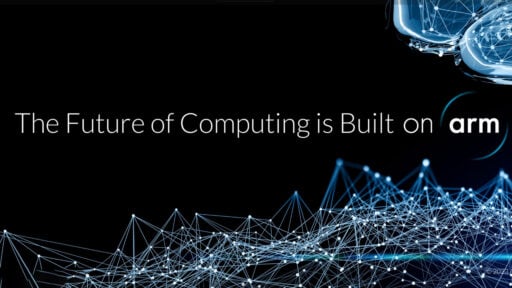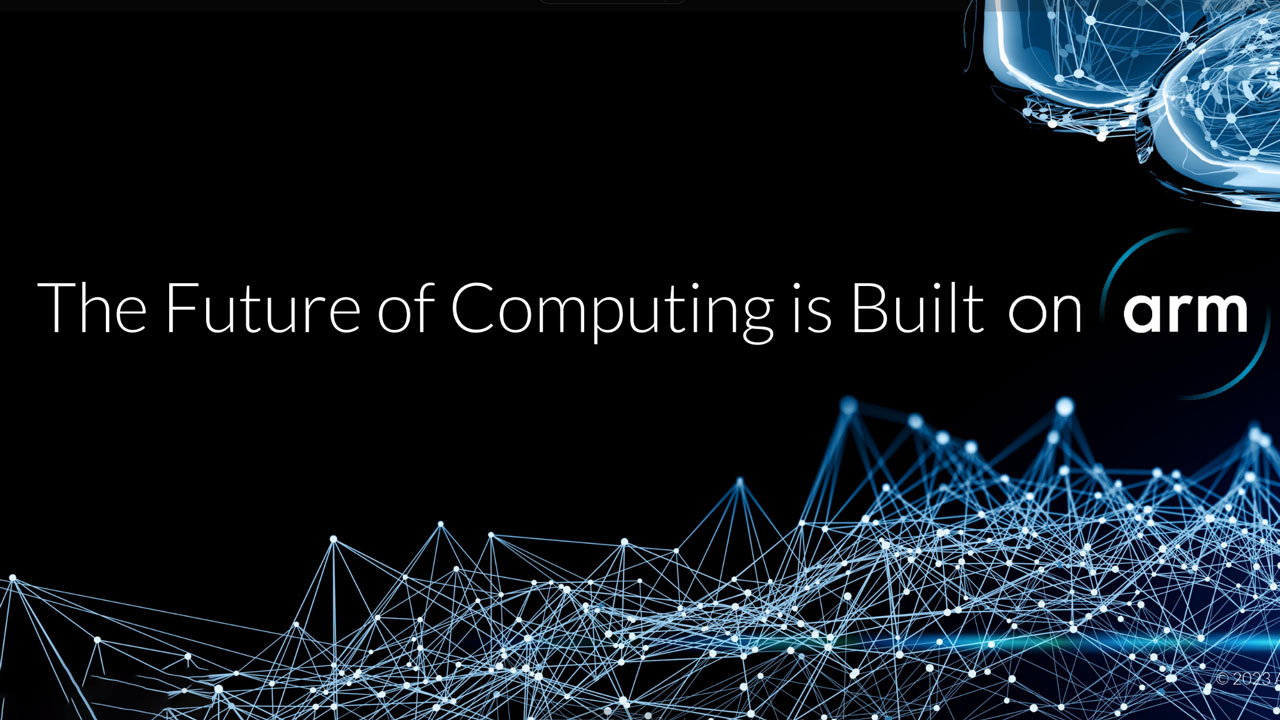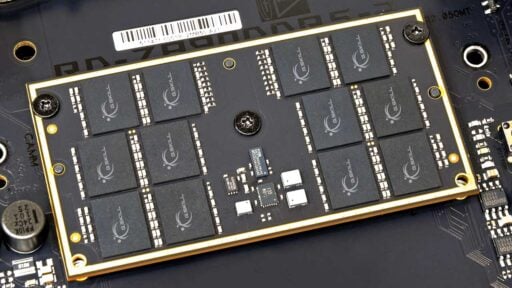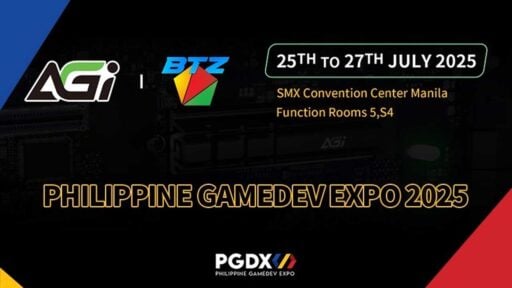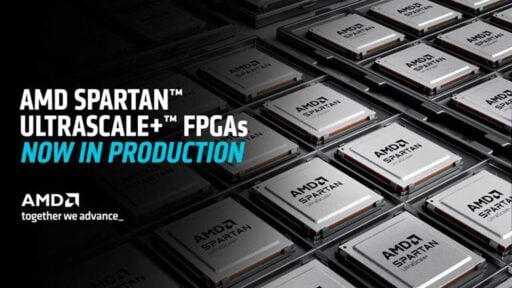Arm CEO Rene Haas explained why there has never been a more exciting or challenging time in what he labels as the “golden age of computing”.
The needs of computing have now grown beyond the industry’s imagination, with an insatiable demand for more compute across all applications, devices and markets as “everything is now a computer.” However, as Haas noted, this needs to be matched by a commitment to power efficiency and sustainability with finite resources on our planet.
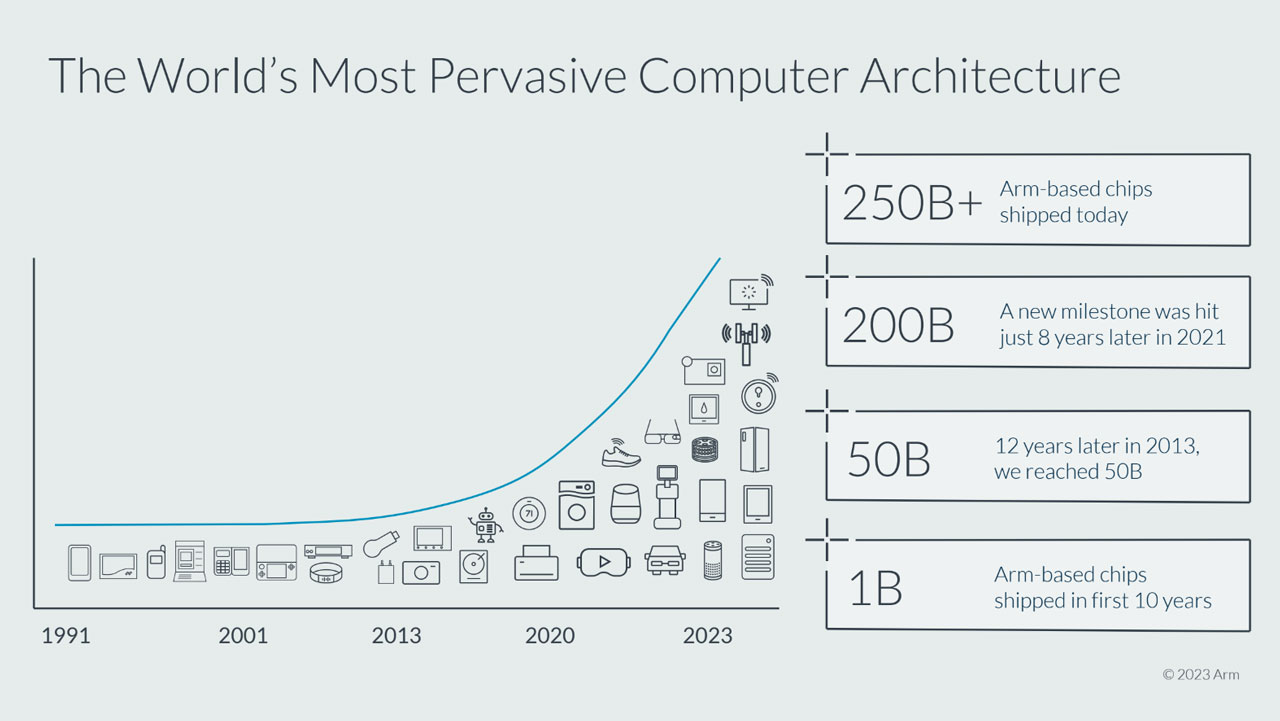
These increasing computing demands are being driven by the rise of AI, which, according to Haas, requires “computing resources like the industry has never seen before.”
But new innovation brings fresh engineering challenges, with System on Chip (SoC) designs getting increasingly harder and taking an ever-increasing amount of costs and resources to build semiconductors. With this in mind, Haas outlined how Arm is helping to solve these complex SoC challenges through embracing innovative industry trends with a focus on compute sub-systems.
Compute sub-systems integrate Arm technologies, configure them to specific compute requirements and then validate them to target the relevant process node. This creates more performance and compute in the silicon that is then delivered by Arm’s partners quicker.
Haas highlighted the new NVIDIA Grace CPU Superchip as an example of a current Arm-based compute sub-system. Powered by two 72-core Arm Neoverse V2 compute subsystems, it provides a 10x performance leap in AI’s most demanding tasks, while dramatically improving performance per watt.
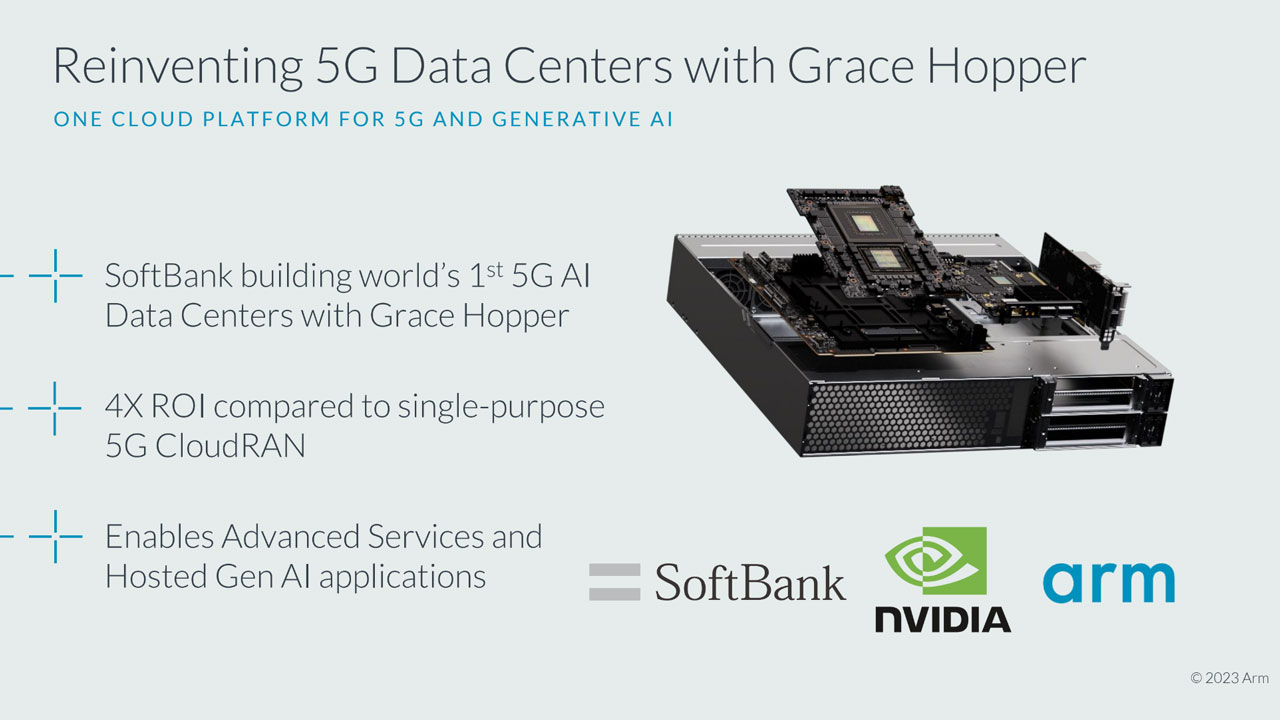
AI is currently exploding on endpoints, with Haas stating that this is where the big opportunity lies. He noted a range of endpoint examples where Arm’s powerful and efficient compute platforms enable a range of AI workloads. From live caption and virtual assistant on the Google Pixel 7 smartphone and voice assistant on the Amazon Echo to intelligent traffic monitoring in Korea and the autonomous monitoring of bees, which is one example of AI “benefiting the world.”
Haas then outlined the vital role of the software ecosystem and developers, with the value and power of the IP “coming down to the software” and the developer community. He stated that no software ecosystem on the planet comes anywhere close to Arm’s, with 15 million developers worldwide developing on Arm, for Arm.
Haas concluded his COMPUTEX 2023 keynote by reinforcing the message that everything is now a computer, but that building these computers is getting harder and harder. With AI on top, this makes the scale of the engineering challenge ever more complex.
That being said, Haas believes that due to Arm’s technology, the strength of the software ecosystem and its partners, the future of technology has never been brighter. With a wide range of computing and AI workloads already taking place on the Arm compute platform across multiple technology markets, Haas ended his keynote by stating that the future of computing is being built on Arm.
